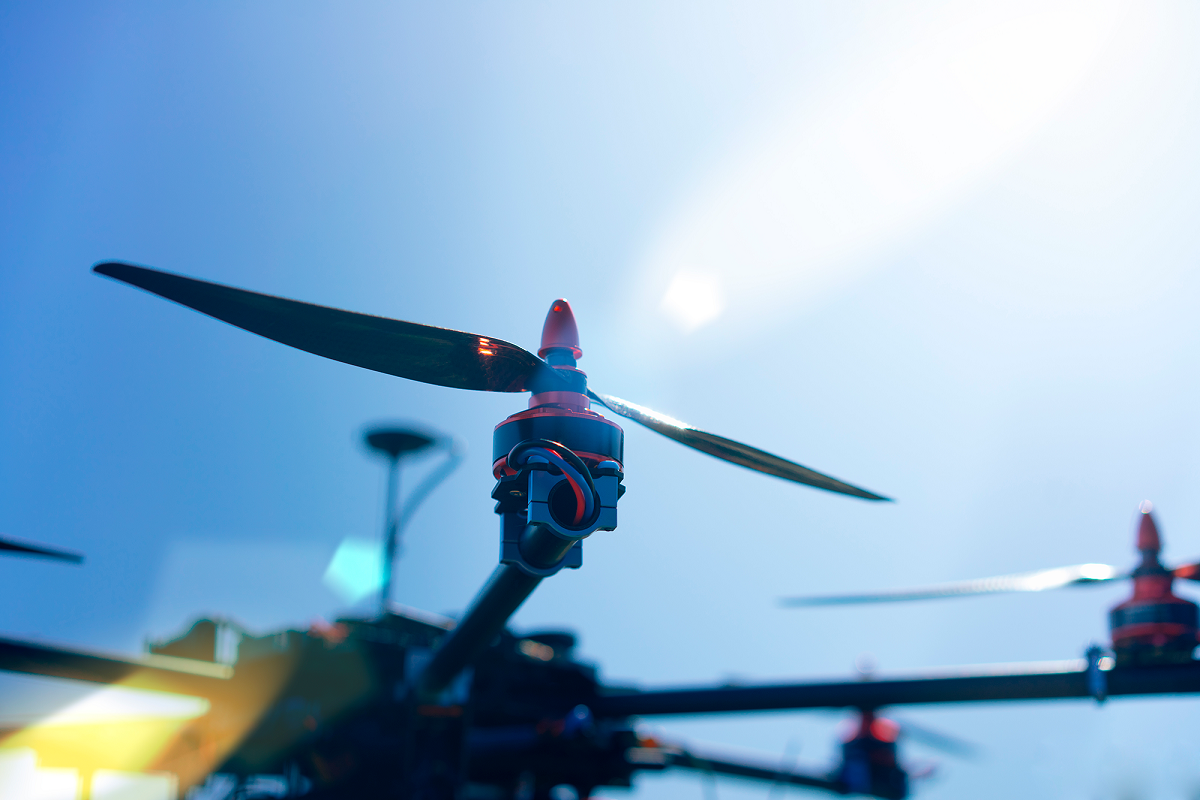We use cookies to personalise content & improve our services. By using our site, you consent to our Cookie Policy. Read more
Big drone experiment started — goal is to transport humans and spare parts for humans


During the next three months, Finland will be testing, among other things, whether drones could transport the internal organs needed in organ transplantation between Helsinki and Tallinn and how transporting people with autonomously flying drones could be done.
Drones have recently flown into the headlines of news good and bad alike. They are already used in a food delivery pilot in Vuosaari. Unidentified drones grounded all air traffic for a day at the Gatwick airport in London last December. There are already millions of drones flying the skies of Europe, the majority of which are still operated by enthusiasts.
The first flight test of the “GOF U-space” trial, initiated and co-funded by the EU SESAR research project was carried out yesterday with a test in Pyhtää on how aeroplanes, professional drones and drone hobbyists could seamlessly share the airspace. A total of 19 organisations participate in the experiment.
“All of aviation is facing a radical digital leap with the rapid increase in the number of both manned flights and unmanned drones. We must be able to create new tools and policies for safely navigating the airspace,” says Jonas Stjernberg, vice CEO of Robots Expert, the company co-ordinating the flight parts of the pilot project.
There will be a total of eight tests. Telia will provide the data connections for four tests, the first of which will take place at the end of June in Estonia when drones are tested for monitoring power lines with long-distance low-altitude flights.
Kidneys from Helsinki to Tallinn?
A bigger test is scheduled for August when test flights will be used to collect experiences on how an airlift link could be set up between Helsinki and Tallinn for drones to carry blood samples, for example, or organs needed in organ transplantation from hospital to hospital.
“It would be a faster, lower-cost and environmentally more friendly way than what we use now,” says Telia development manager Tomi Sarajisto.
One challenge with drone transports is the reliability of data connections. The aerial vehicle will ascend to over one kilometre’s altitude (3,300 feet) on its way to Tallinn, which presents a challenge to mobile networks.
In August, there will be a test on how police could identify unknown drones. This would have been of crucial assistance in the Gatwick case, for instance.
“Here, the SIM card technology can play a significant role. Simultaneously, the project will test how authorities can temporarily prevent the operation of drones in a specific area when needed, for example, when the Mediheli rescue copter is nearing a scene of an accident,” Sarajisto explains.
The most ambitious test will take place at the end of August in Vantaa when a drone is to transport a person from the Helsinki airport to a nearby area. This could be a step toward fulfilling the longstanding vision of drones solving the severe congestions in major cities in particular. At the same time,
they would have great impact on the carbon emissions of cities because electric drones only consume a fraction of the energy required by the alternatives.
“We believe this is the first time in the world when a flying taxi is to transport a person from an international airport. This is still a test but the type approval processes have already been put in motion to enable the commercialisation of such activities, even without a pilot. Because lives are at stake, there will certainly be a pilot supervising the flights in the first years,” Jonas Stjernberg explains.
Drone armies require reliable connections
Authorities asked telecom carriers to participate in the development because the reliability of connections plays a key role. In addition, drones might cause disturbances in the operation of mobile networks, which will also be studied during the three months.
“Naturally, we cannot compromise on safety, which means that we must ensure the drones can move without colliding with each other even if there was plenty of airborne traffic in the same area in the future,” Sarajisto explains.
Also Jonas Stjernberg emphasises the significance of reliable communications in the development of a safe solution. A new air traffic control system for unmanned aviation is planned, dubbed U-space, that should be able to communicate with the traditional system.
“The problem is that the traditional air control system does not yet use digital communication solutions for traffic control but still relies on a VHF voice radio connection, which dates back to WWII, for controlling air traffic. This will no longer be viable with drones incorporated,” Stjernberg points out.
One guarantee of safety in the urban areas will be the 5G network, enabling lightning-fast and reliable connections for the drone armadas. Drone flights without visual contact are already reality even in Finland’s urban areas and, as the numbers increase, the significance of reliable digital communications will become more pronounced.
“There are still a whole host of issues to be determined. The goal of this project is to ensure that Finland will be at the leading edge with drones soon becoming commonplace in goods transport, monitoring and checking tasks and, later, human transports,” Sarajisto concludes.
Janne Kaijärvi